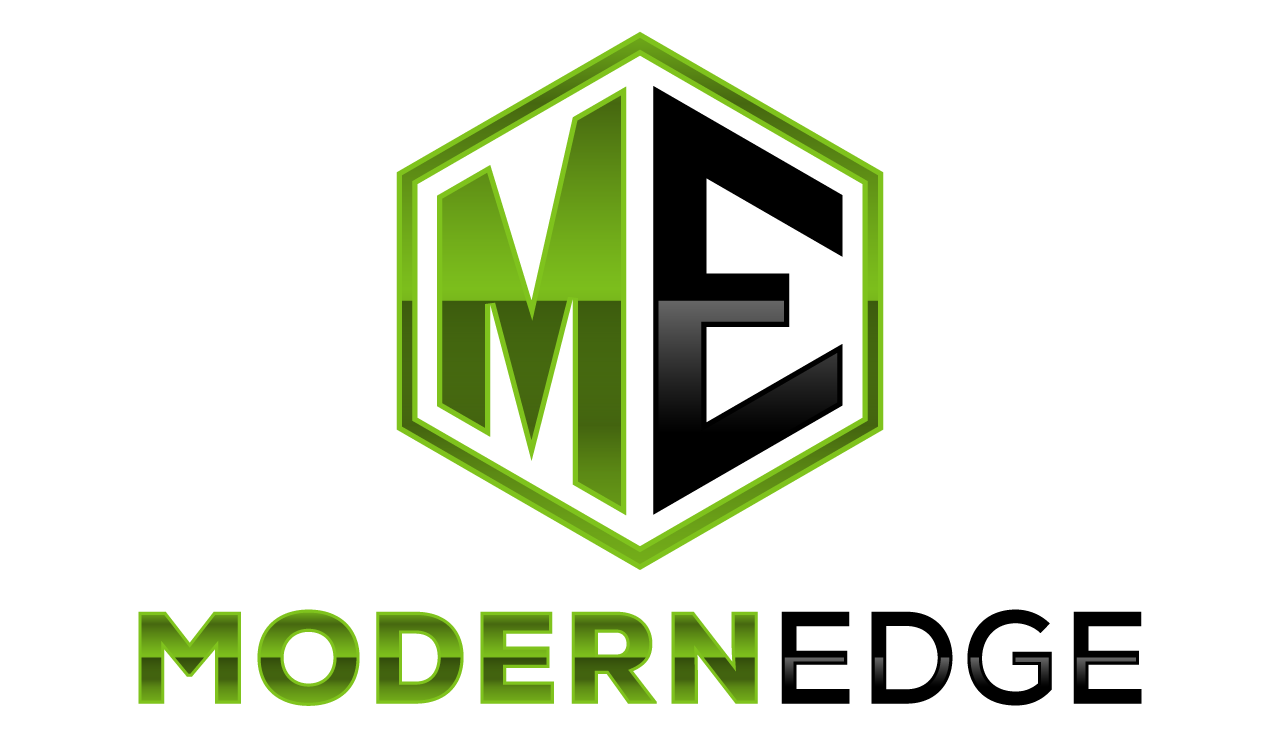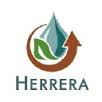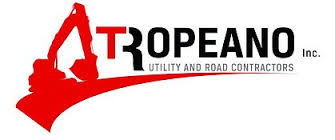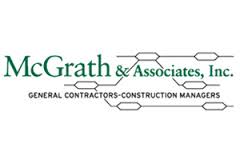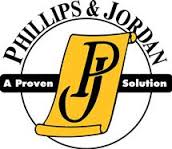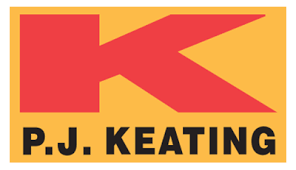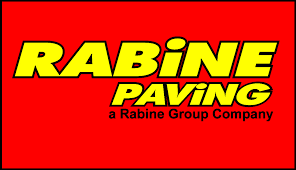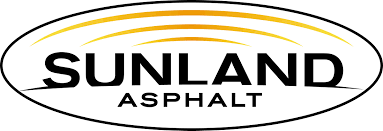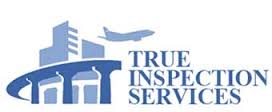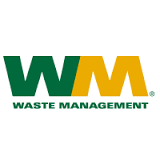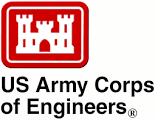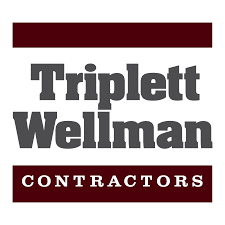California CA Industrial Awareness Recert Program
California Industrial Stormwater Awareness Program Overview
This course is designed to cover some of the key components necessary for an industrial facility to develop and maintain a robust stormwater program under the California Industrial General Permit (IGP). This course also provides the following:
- An introduction to the California Industrial General Permit (IGP), the Storm Water Pollution Prevention Plan (SWPPP), and the timeline for compliance.
- Industrial Best Management Practices (BMPs) from selection to implementation to maintenance of a BMP.
- Inspection requirements of the Industrial General Permit (IGP), observations needed and BMP deficiencies.
- Sampling requirements, planning, analysis, monitoring requirements, visual observations and water quality samples.
- How a stormwater program and a Storm Water Pollution Prevention Plan (SWPPP) is an iterative process and reporting requirements using the online SMARTS system.
- Recordkeeping and reporting requirements for the monitoring program.
- Training required, risks of non-compliance and the keys to compliance.
DISCLAIMER: This program has not yet been approved by the California Department of Water Resources Control Board.
Intended Audience
For StormwaterONE students who have completed the IA31: California General Industrial Stormwater Awareness Training.
Curriculum: California General Industrial Stormwater Awareness
This course is designed to cover some of the key components necessary for an industrial facility to develop and maintain a robust stormwater program under the 2015 California Industrial General Permit (IGP).
Learning Objectives
- Define the regulatory requirements for ongoing compliance under the California Industrial General Permit (IGP);
- Identify minimum and advanced BMPs, BMP goals, and maintenance needs for an Industrial Stormwater program;
- Plan for qualified storm events, and identify sampling requirements, Total Suspended Solids (TSS), pH, and oil and grease;
- Document BMP deficiencies and how the iterative process for BMP improvement works as a permit requirement;
- Conduct sampling observations, field pH analyses and evaluate inspection and sampling results for compliance with Numeric Action Levels (NALs) to improve;
- Record, track and log SWPPP updates as part of the recordkeeping requirements.
At the Completion of This Program You Will Receive
- 1.5 PDHs
- Embossed Wall Certificate
- Hardhat Decal
- Signed Congratulations Letter
- Stormwater ONE Logo for your Business Card and Website (Available on the Credential Validation Page)
- Resume Enhancer (Available on the Credential Validation Page)
Human-induced accelerated erosion can increase the rate of erosion by more than 2,000 times that of natural occurring erosion.
Committed Clients:
